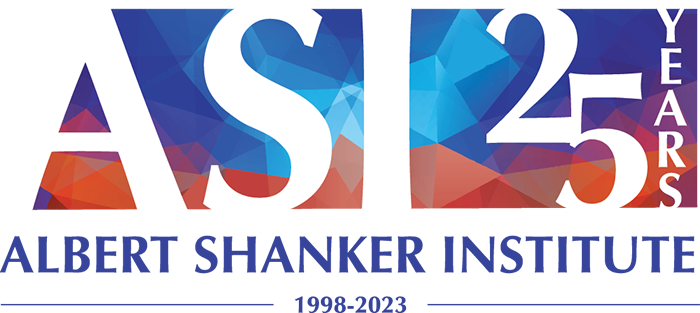A Quick Look At U.S. Voter Turnout In International Perspective
At quick glance, voter turnout in the United States seems quite low. Over the past 30 years, the turnout rate among eligible voters has fluctuated between 50 and 60 percent, whereas barely two in five eligible voters turn out in midterm elections. And this is not getting better. Turnout in the 2014 election was just under 36 percent, the lowest since the Second World War (these national percentages, of course, vary considerably between states).
It is important, however, to put these figures in context, and one way to do that is to compare U.S. turnout with that in other nations. The Pew Research Center compiled data from recent elections in 34 OECD nations, and the graph below presents those data. The election to which the data apply is noted in parentheses. There are two rates for each nation: One is turnout as a percentage of the voting age population; and the other as a percentage of registered voters (i.e., the proportion of people registered to vote who actually cast a ballot).
The first major takeaway from the graph is that turnout among those old enough to vote is relatively low in the U.S. Of course, the sorting in the graph may obscure the fact that several countries, including Spain and the U.K., are ranked considerably higher than the U.S. but the actual differences in rates aren’t massive (and the U.S. would have ranked much higher in 2008, or if turnout was expressed as a share of the voting eligible population, which, due mostly to felon disenfranchisement and non-citizen residents, is a few percentage points higher). Nevertheless, U.S. electoral participation doesn't look too good vis-a-vis these nations.
